Quasi-optimal mesh generation using the virtual element method: A fully adaptive remeshing procedure
Please login to view abstract download link
The virtual element method (VEM) is a recent extension of the finite element method that permits arbitrary polygonal element geometry in two dimensions. This mesh flexibility, coupled with the seamless permission of arbitrarily many ‘hanging nodes’, means that the VEM is well-suited to problems involving adaptive mesh remeshing. In this work an energy error estimation has been implemented using a super-convergent patch recovery procedure. Using this error estimation elements are flagged for refinement or coarsening. The refinement [1] and coarsening [2] of the elements is performed using novel remeshing procedures that are suitable for the arbitrary polygonal element geometries permitted by the VEM. The combined remeshing procedure represents the first example of a fully adaptive VEM [3]. Of further significance is the novel notion of quasi-optimal meshes. A quasi-optimal mesh one which meets a specified energy error target and exhibits quasi-even error distribution. That is, all element-level errors fall within a satisfactory range defined in terms of the specified target. Through the novel fully adaptive remeshing procedure elements are refined and coarsened accordingly until a quasi-even error distribution is achieved. The remeshing procedure can generate a quasi-optimal mesh from any initial mesh and for any specified error target [3]. [1] D. van Huyssteen, F.L. Rivarola, G. Etse and P. Steinmann, “On mesh refinement procedures for the virtual element method for two-dimensional elastic problems”, CMAME, Vol. 393, (2022). [2] D. van Huyssteen, F.L. Rivarola, G. Etse and P. Steinmann, “On adaptive mesh coarsening procedures for the virtual element method for two-dimensional elastic problems”, CMAME, Vol. 418, (2024). [3] D. van Huyssteen, F.L. Rivarola, G. Etse and P. Steinmann, “Quasi-optimal mesh generation for the virtual element method: A fully adaptive remeshing procedure”, CMAME, Vol. 4435, (2025).

